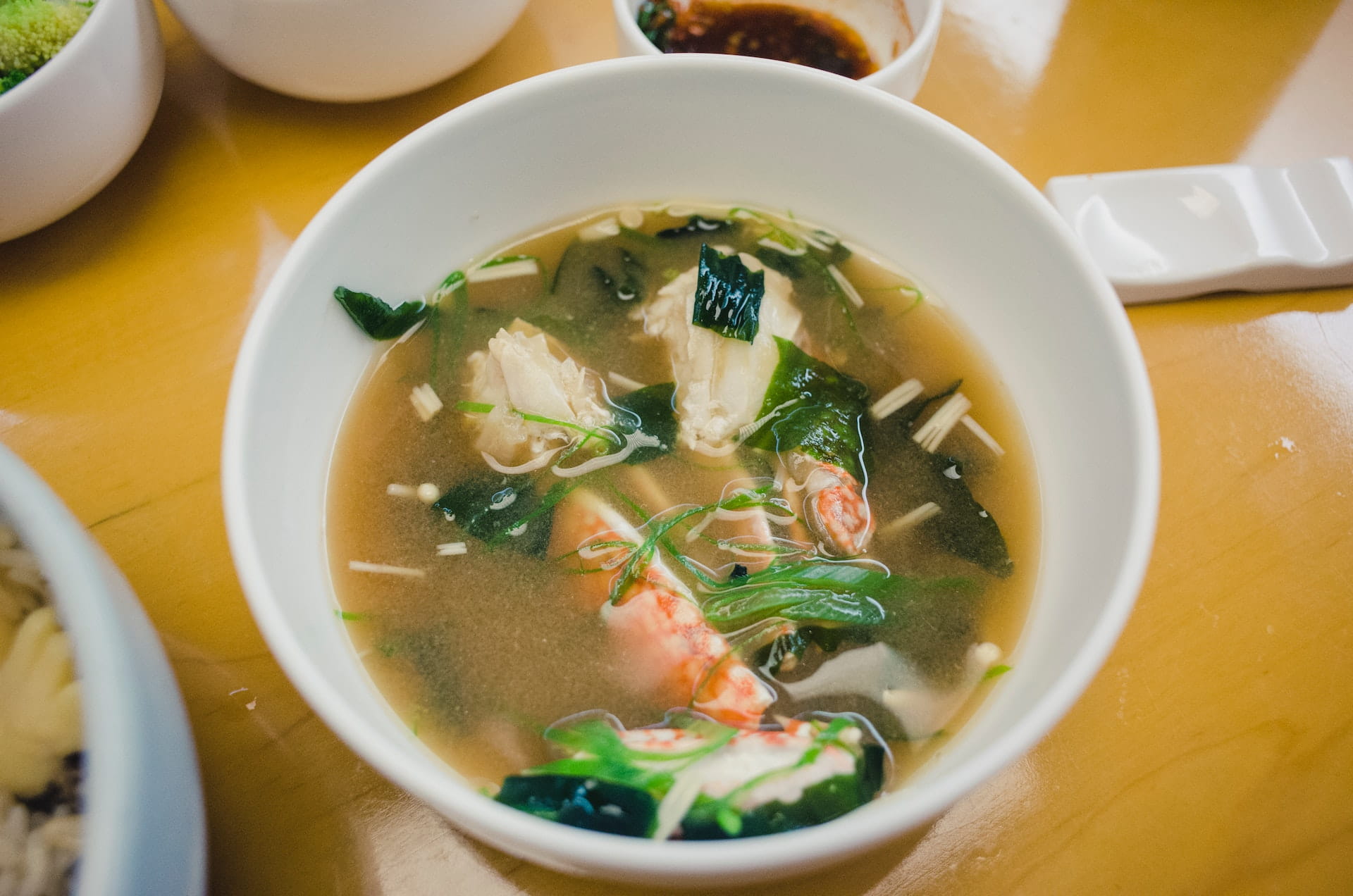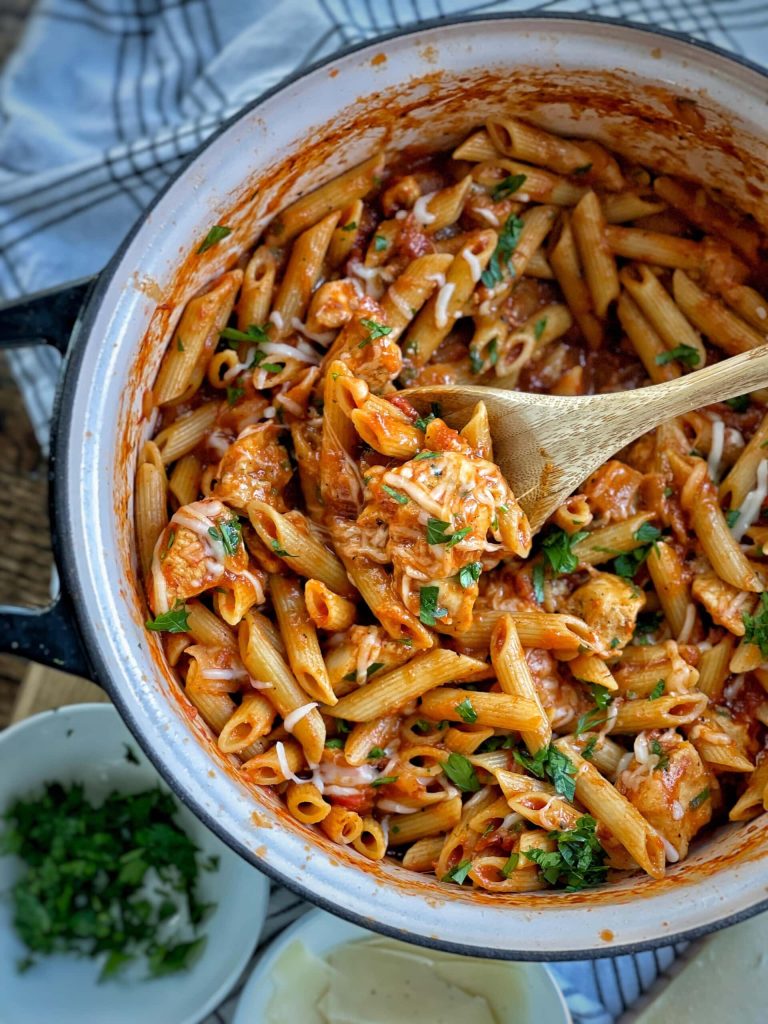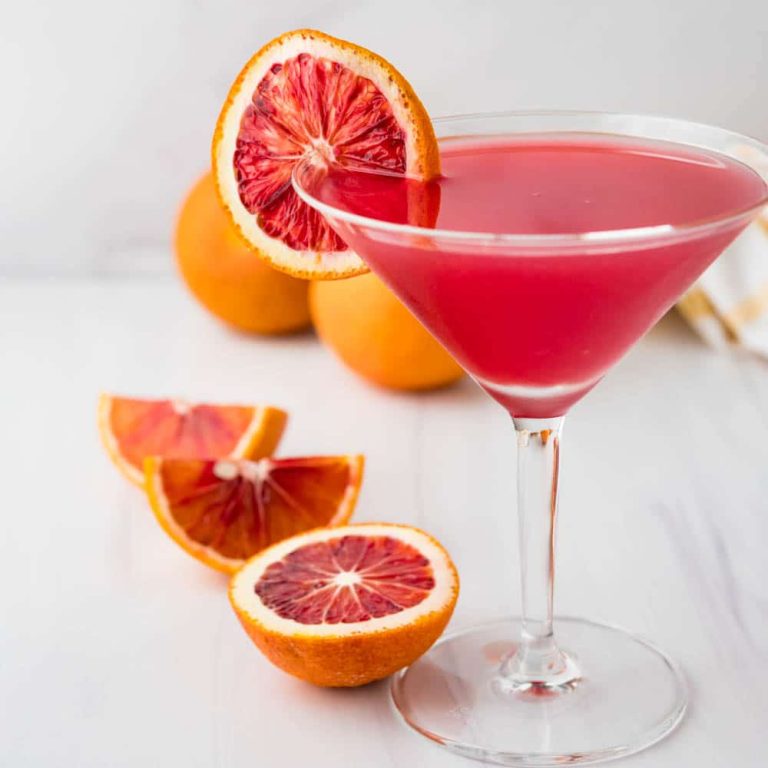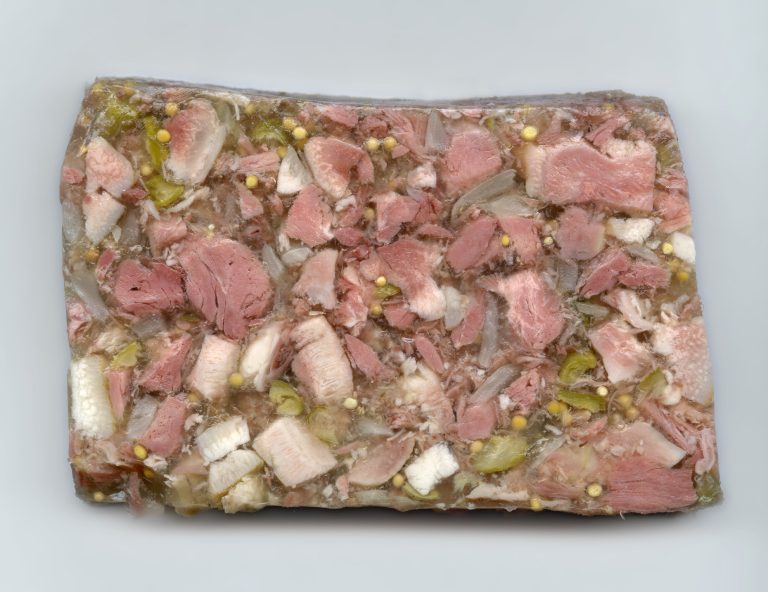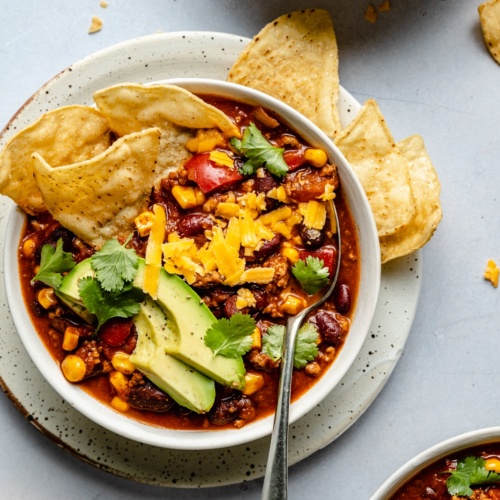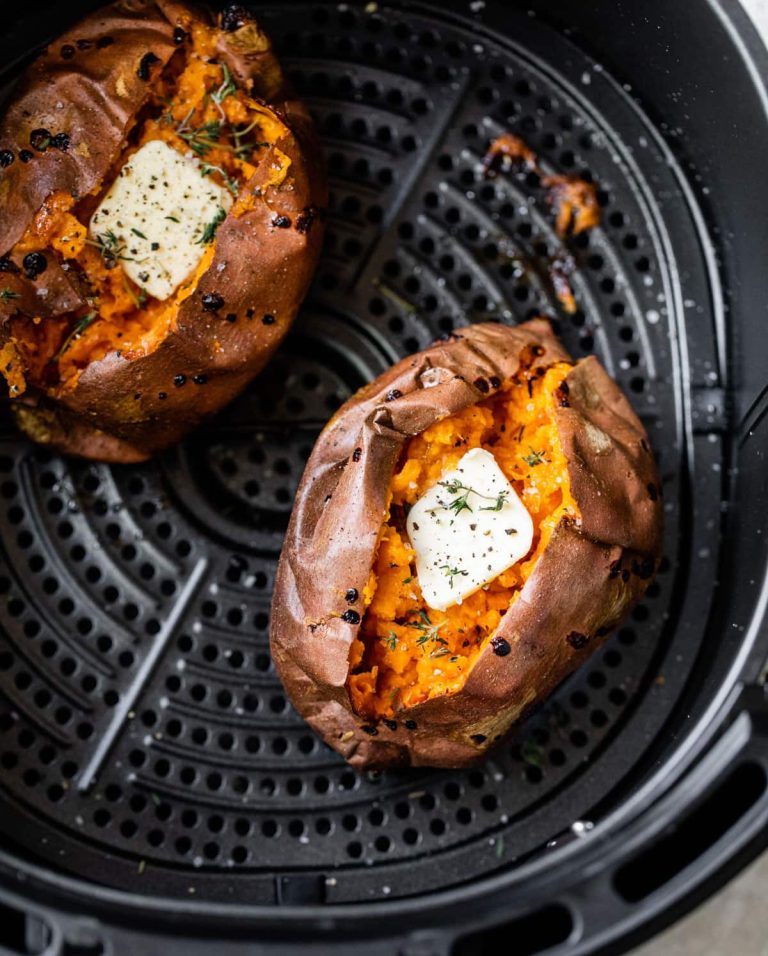Shrimp Chowder: Origins, Recipes, and Health Benefits Explored
Shrimp chowder’s history dates back to coastal communities where seafood was abundant. Early recipes appeared in New England during the 18th century, evolving from traditional clam chowders. Fishermen used shrimp as an alternative protein due to its availability. Chowder recipes flourished in maritime areas, and families passed down variations through generations, combining local ingredients.
Regional Variations
Regional variations of shrimp chowder reflect the diverse culinary traditions in the US. New England shrimp chowder features a creamy, milk-based broth enhanced with potatoes, onions, and celery. In contrast, Southern versions incorporate spicy andouille sausage, okra, and a tomato-based broth, showcasing the influence of Creole and Cajun cuisines. Each region adds unique ingredients to highlight local flavors, resulting in a rich tapestry of shrimp chowder recipes.
Key Ingredients in Shrimp Chowder
The Role of Fresh Shrimp
Fresh shrimp elevates the flavor and texture of shrimp chowder. Fresh shrimp, unlike frozen varieties, retains a delicate sweetness and tender consistency essential for the perfect dish. Consider using raw, deveined shrimp that you can easily chop into bite-sized pieces. This ensures even cooking and integrates well with other ingredients. If you need to peel and devein the shrimp yourself, doing so preserves the freshest flavors.
Cream, Potatoes, and Other Essentials
Cream provides the rich, velvety base that defines many shrimp chowders. Heavy cream works best due to its high-fat content, which enhances the dish’s texture and mouthfeel. Adding diced potatoes introduces a hearty element that absorbs flavors while offering a soft, comforting texture. Russet potatoes are preferred for their starchiness, though Yukon Gold can also be used for a buttery taste.
Other essential ingredients include onions, garlic, and celery, which contribute to the base flavor profile. Sautéing onions and garlic first allows them to release their aromas and sweetness. Celery adds an earthy undertone and crisp texture. Seafood or vegetable broth serves as the liquid foundation, melding the flavors and adding depth. Seasoning with bay leaves, thyme, salt, and pepper creates a balanced taste that complements the shrimp’s natural sweetness.
Use these key ingredients to create a cohesive, flavorful chowder that showcases the best qualities of fresh shrimp and a creamy, robust base.
Cooking Techniques for the Best Shrimp Chowder
Traditional vs. Modern Methods
Traditional methods for cooking shrimp chowder involve slow simmering. Cooks usually start by sautéing onions, celery, and garlic in butter or oil until they soften. Adding flour next helps thicken the chowder. Once the roux forms, seafood or vegetable broth is poured in. Potatoes and seasonings like bay leaves and thyme are then added. Lastly, fresh shrimp and cream are stirred in, and the chowder simmers until it’s rich and flavorful.
Modern methods, however, can offer quicker options. Instant Pots and slow cookers allow you to combine ingredients and step away while it cooks. In modern approaches, you might still start with sautéing but then use the appliance to blend the flavors efficiently. Some cooks use immersion blenders to adjust the chowder’s texture smoothly. Innovations like these make enjoying homemade shrimp chowder more accessible without compromising taste.
Tips for Rich and Creamy Texture
Achieving a rich and creamy texture in shrimp chowder requires fresh cream and proper technique. For enhanced richness, use heavy cream. If you’re looking for a lighter option, half-and-half can work too. Always add the cream towards the end of cooking to prevent curdling.
To further elevate the texture, consider adding a small amount of cream cheese. This gives an extra layer of creaminess. Blending some of the chowder can also help. Before adding shrimp, blend part of the soup with a handheld blender, then mix it back in. This results in a velvety base without losing chunkiness.
Lastly, using Yukon Gold potatoes adds to the creaminess because of their buttery texture. When cutting potatoes, keep sizes uniform for even cooking. These details, although minor, contribute significantly to the final chowder’s quality.
Serving and Pairing Suggestions
Ideal Accompaniments
Complement shrimp chowder with bread, like a warm baguette or garlic bread, to soak up the rich broth. Serve a fresh green salad with vinaigrette for a crisp contrast. Add a side of roasted vegetables for a balanced meal. If you prefer a Southern flair, include cornbread or hush puppies.
Wine Pairings
Choose a wine that enhances the flavors of shrimp chowder. Opt for a crisp Sauvignon Blanc to balance the creamy texture. If you like richer wines, Chardonnay pairs well due to its buttery notes. For red wine enthusiasts, a light Pinot Noir complements the dish without overwhelming the delicate seafood flavors.
Health Benefits and Dietary Considerations
Nutritional Content of Shrimp Chowder
Shrimp chowder offers a rich source of nutrients. You’ll find protein primarily from shrimp, a low-fat and high-protein ingredient rich in vitamins and minerals. Shrimp contain omega-3 fatty acids, which are vital for heart and brain health. The chowder’s potatoes contribute potassium, aiding in muscle function and reducing blood pressure. Cream adds calcium, essential for bone health, while vegetables like onions and celery supply fiber, promoting digestive health. When using fresh ingredients, shrimp chowder becomes a nutrient-dense meal.
Adapting the Recipe for Dietary Restrictions
It’s easy to adjust shrimp chowder for specific dietary needs. For lactose intolerance, replace dairy cream with coconut milk or almond milk to maintain a creamy texture. Gluten-free options include swapping traditional flour-thickened broth with cornstarch or gluten-free flour. To accommodate low-fat diets, use low-fat milk instead of cream and sauté ingredients in olive oil rather than butter. Make the dish vegetarian by substituting shrimp with tofu or mushrooms, creating a flavorful chowder without seafood.
These adjustments retain the chowder’s essence while catering to varied dietary preferences.
Conclusion
Shrimp chowder offers a delightful blend of flavors and textures that can be adapted to suit various dietary needs. Whether you prefer the rich creaminess of New England style or the spicy kick of Southern variations, there’s a version for everyone. Experiment with different cooking methods and pairings to find your perfect combination. With its nutritious ingredients and versatile nature, shrimp chowder is a comforting and satisfying dish that’s sure to become a favorite in your culinary repertoire.
